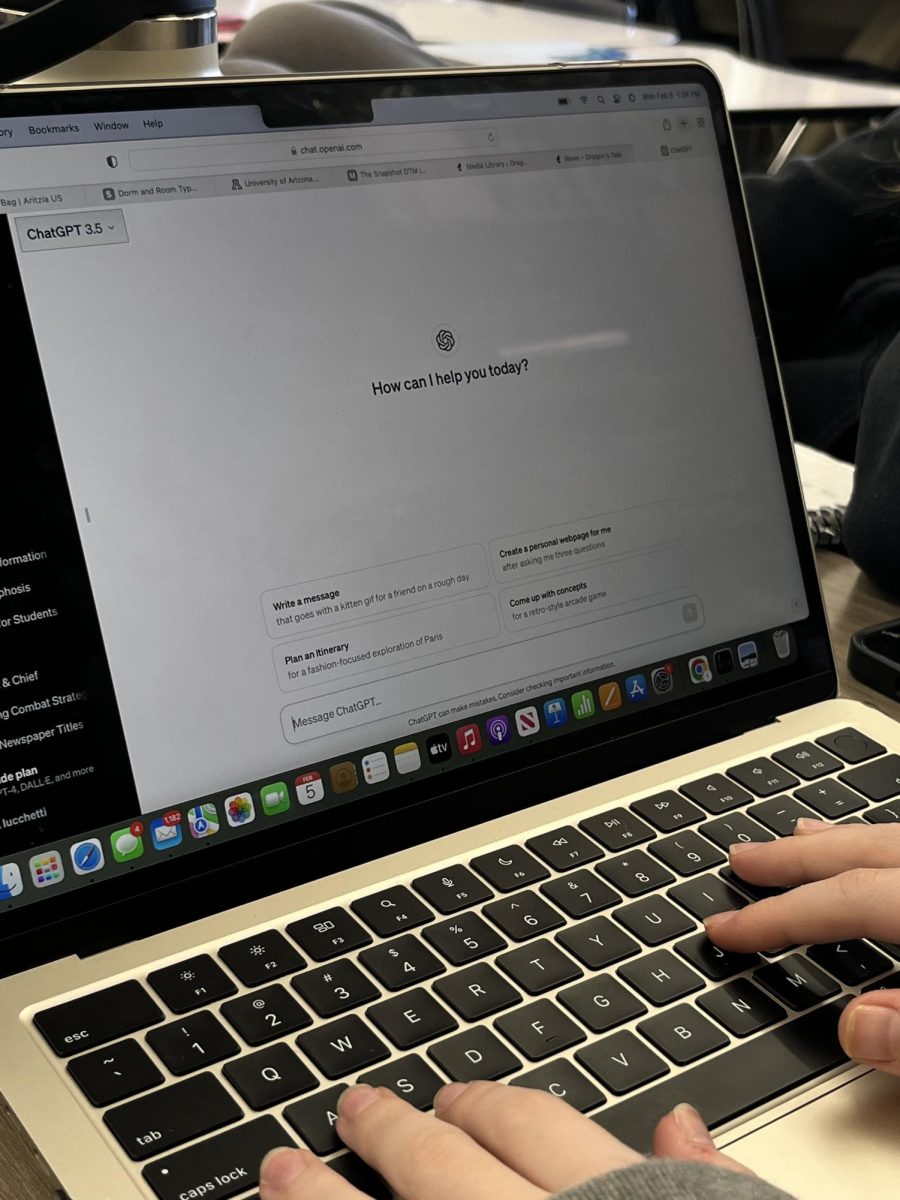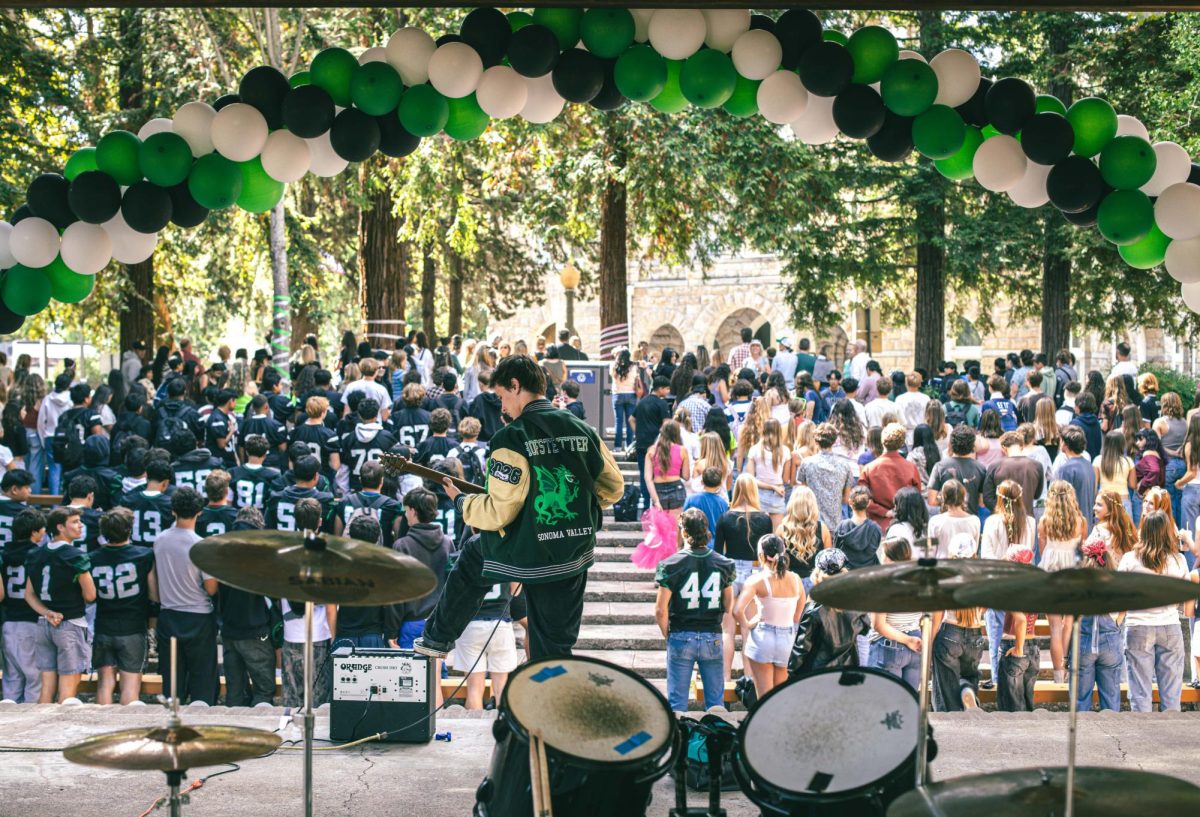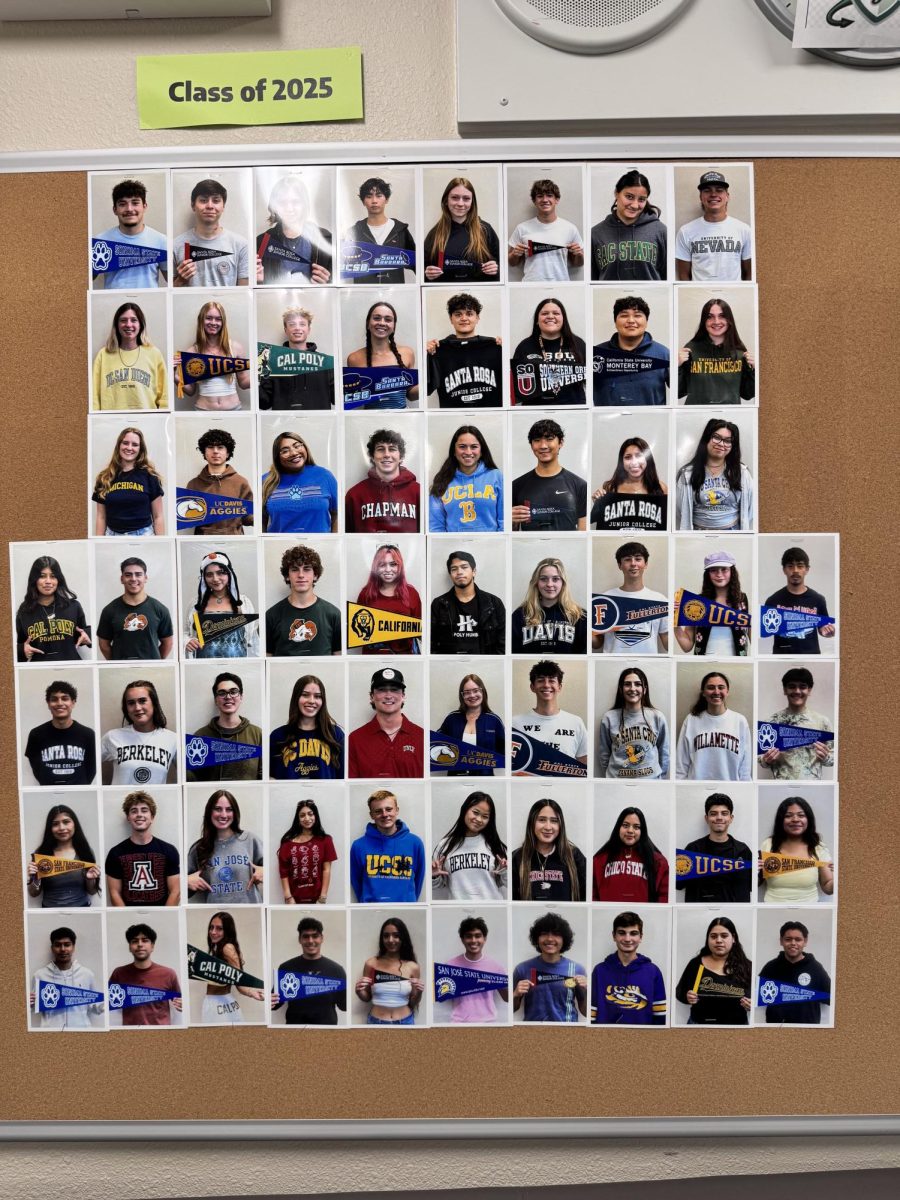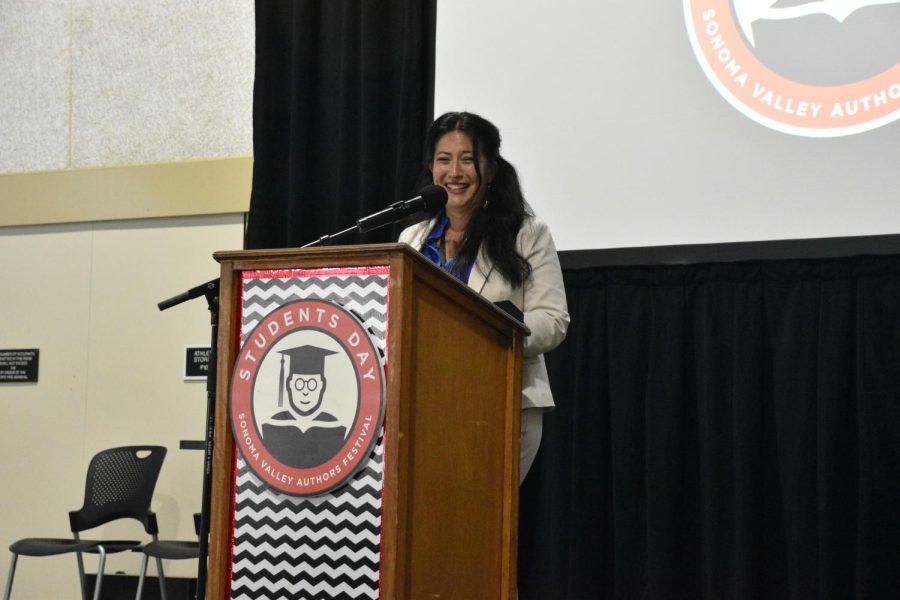Artificial Intelligence is not new; however, its accessibility has reached students and the general public. Adaptations of software such as Chat GBT and apps such as Snapchat are including it in their software. This has caused increased popularity and attention to AI.
At SVHS, like many other high schools worldwide, various students find themselves using A.I. to cheat on tests, look up homework answers, and even write essays. This brings up many controversies such as the ways A.I. is being used to harm education in schools specifically.
We asked A.I., “Do you think ChatGPT is beneficial for students’?”, in response the program said, “ChatGPT can benefit students by serving as a versatile tool for learning, homework assistance, language skills improvement, programming help, and creativity. It provides quick access to information, aids in understanding concepts, assists with problem-solving, enhances language skills, offers programming support, and sparks creativity. However, students should use it responsibly, verify information independently, and not solely rely on it for critical academic tasks.”
ChatGBT, or the makers of ChatGBT, believe AI causes better than harm. The only dangers they highlighted were students using it as a citation, something students rarely do.
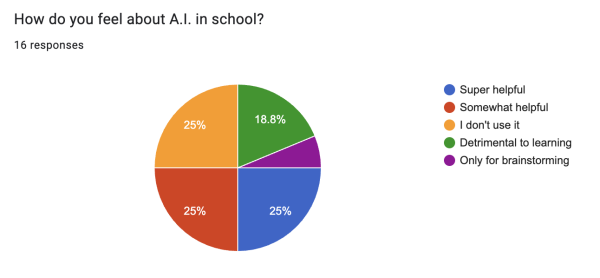 Many teachers at SVHS have expressed their worries about the detrimental effects of AI on students’ learning abilities. Teachers can use TurnItIn.com, amongst other websites, to check whether or not students are cheating. However, with handwritten assignments, teachers cannot know whether the work is a student’s work or not. Cheating isn’t anything new; however using AI to cheat on assignments, reduces homework time. However, AI and ChatGBT aren’t always accurate.
Many teachers at SVHS have expressed their worries about the detrimental effects of AI on students’ learning abilities. Teachers can use TurnItIn.com, amongst other websites, to check whether or not students are cheating. However, with handwritten assignments, teachers cannot know whether the work is a student’s work or not. Cheating isn’t anything new; however using AI to cheat on assignments, reduces homework time. However, AI and ChatGBT aren’t always accurate.
Ms. Gray, a freshman English teacher, as well as an AVID teacher, gave her input on how she thinks AI is affecting students, and in response stated that students using it are only hurting themselves. We then asked her how she catches students using A.I., further explaining that “there are numerous tools we teachers use, but a dead giveaway is knowing your student’s level of vocabulary and if they turn in a college-level paper with words you have never heard them use; it is more than likely they are using an AI service.”
Ms. Gray also emphasized the point of student-to-teacher relationships. The teachers who take the time to understand each student’s level of work can detect the use of AI more easily than those who do not.
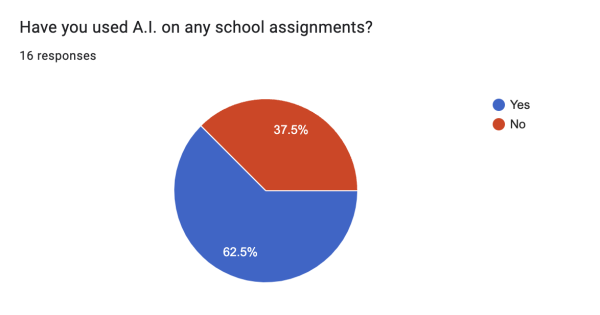
Ms. Gray estimated that around 40-50 % of students use AI to cheat, however from a poll taken via SVHS Slate’s Instagram account it was reported that 62.5% of students use AI.


